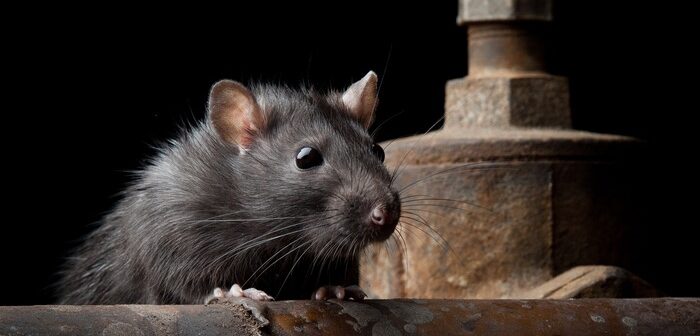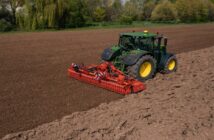Rodent damage to machinery is often not covered by insurance and can be hugely costly to farms in both repairs and downtime. Protecting storage and machines from rodents should be part of every farm’s post-harvest rodent control strategy, as pest control specialist David Reece from LODI explains:
“Baiting both inside and outside storage with a rodent control paste such as Harmonix® can control rodents in just seven days. This bait is one of the few non-anticoagulants on the market and therefore rodents have no known resistance to its cholecalciferol active ingredient,” says Mr Reece.
The speed at which Harmonix works makes it well suited to tackling rodents in and around machinery before costly damage is caused. The rodenticide has a ‘stop feed effect’ in just two to three days which causes rodents to stop feeding before control is reached by day seven.
“Rodents will seek food, water and harbourage following harvest, often choosing sheds where machines are stored. An integrated pest management (IPM) strategy is essential to prevent rodents chewing through wires to access food or places to nest, and baiting where necessary should be carried out to prevent or tackle infestations,” he says.
GPS and digital control systems are expensive to replace and finding the root of the problem and the corresponding parts is time consuming, which can lead to unnecessary and costly downtime.
Mr Reece warns that machinery stored with grain or grass still attached will attract rodents and should be cleaned thoroughly before being stored. However, rodents will also attack tractors that are stored for just a few days, so he suggests monitoring for signs of rodent activity is as important as using bait and will help target areas where bait is required.
“Cholecalciferol baits like Harmonix can be used both inside and outside. This enables farmers to bait in all areas of the farm and reduce the effect of rodenticides to non-target species such as wild birds or livestock,” he says.
Whilst a cholecalciferol bait is more expensive than multi-feed baits such as bromadiolone, it requires 50 percent less bait and, crucially for busy farms, far less time to achieve rodent control.
“There is also the issue of resistance to consider. There are significant areas of the UK affected by so called ‘super rats’ that have become resistant to the effect of bromadiolone and difenacoum. Therefore, using an alternative cholecalciferol bait will save time and money, whilst also helping to control the spread of resistant rats,” he concludes.




